format of each of the noun phrase output nodes.

Output Nodes |
|---|
| The format of the output layer will be similar to that used by Jain in his experiments. Output nodes will be divided into two main groups. One group of output nodes will be used to divide the words of the sentence into phrases. The other group of output nodes will be used to express the relationship between different clauses. There will be three noun clauses and two verb clauses. |
 format of each of the noun phrase output nodes. |
 format of each of the noun phrase output nodes. |
|
The noun clauses will consist of the nodes shown in figure 12. The determiner node will
become active to indicate the usage of a determiner in this noun phrase. The two adjective nodes will become active to indicate the presence of one or two adjectives in this noun phrase.
The other eight nodes will become active to indicate the semantics of the noun of this phrase in a way identical to how it is done at the network's input.
The verb clauses will consist of the nodes shown in figure 13. The adverb node will become active to indicate the usage of an adverb in this verb phrase. The auxiliary node will become active to indicate the presence of an auxiliary verb in this verb phrase. The other seven nodes will become active to indicate the semantics of the verb of this phrase in a way identical to how it is done at the network's input. There will be 38 nodes expressing the relationship between the three noun phrases and the two verb phrases. Possible relationships can be: a noun phrase being the agent of a verb phrase, a noun phrase being the patient of a verb phrase, a noun phrase being the recipient of a verb phrase, a noun phrase modifying another noun phrase, a verb phrase modifying a noun phrase, or a verb phrase modifying another verb phrase. For example, the sentence John ran after the horse in the park should cause the following phrase relation to appear at the output nodes: "Noun Phrase 1 is agent of verb phrase 1", "Noun phrase 2 modifies verb phrase 1", and "Noun phrase 2 modifies noun verb phrase 1". A complete list of the possible relationships between phrases is presented in appendix D. All output nodes will use a step transfer function with bias of zero. In total, there will be 106 output nodes.
|
 Back to the Table of Content
Back to the Table of Content